The Snake River, winding through the western United States, holds a trove of fascinating facts. Originating in Yellowstone National Park, it journeys over 1,000 miles, cutting through iconic landscapes. Did you know it boasts thrilling rapids, drawing adventurers for exhilarating rafting experiences?
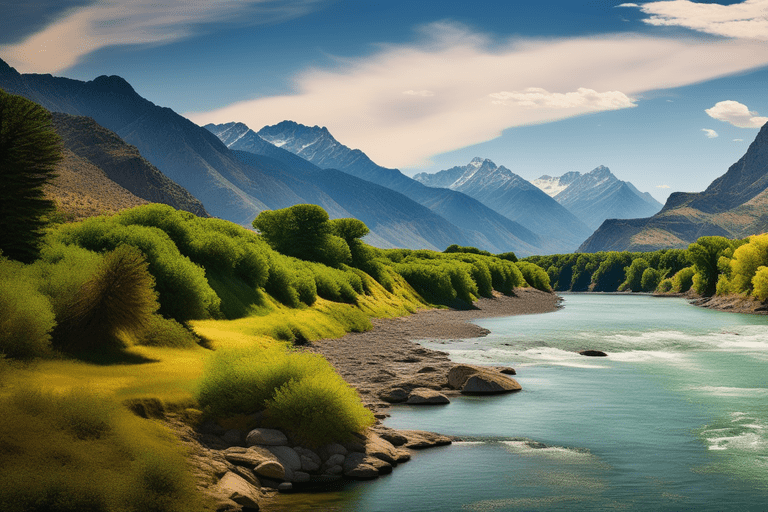
This powerful river is more than just a waterway. It carves deep canyons like Hells Canyon, one of North America’s deepest gorges. The river’s diverse ecosystem supports wildlife like salmon, eagles, and otters, offering a stunning natural spectacle.
Furthermore, the Snake River plays a pivotal role in history, serving as a vital trade route for Native American tribes and early explorers like Lewis and Clark. Its rich heritage and scenic beauty make it a mesmerizing destination for nature enthusiasts and history buffs alike.
Quick Facts About Snake River
- Originates in Yellowstone National Park, spanning over 1,000 miles through six states.
- Carves Hells Canyon, North America’s deepest river gorge, comparable to the Grand Canyon’s depth.
- Flows through diverse landscapes – mountains, valleys, offering stunning scenic views.
- Witness to extensive salmon migrations, an annual natural spectacle.
- Powers hydroelectric dams, contributing significantly to regional energy.
- Habitat for diverse wildlife including bald eagles, otters, and various fish species.
- Historical trade route used by Native American tribes and Lewis and Clark.
- Popular for thrilling whitewater rafting adventures with exciting rapids.
- Snake River Birds of Prey National Conservation Area houses numerous nesting raptors.
- Supports extensive irrigation for agriculture in arid regions like Idaho’s Snake River Plain.
- Traversed by the Oregon Trail, an integral part of westward American migration.
- Geological diversity with volcanic landscapes and distinct rock formations.
- Significant cultural value for Native American tribes and their traditions.
- Ongoing conservation efforts focus on restoring habitats and preserving water quality.
- Geologically rich, featuring unique volcanic features like Hell’s Half Acre.
- A vital economic asset supporting agriculture, tourism, and recreational industries.
Also Read this: 50 Incredible Facts About the Colorado River
Quick Fun Facts About Snake River
- Originates in Yellowstone Park, spans 1,000+ miles through six states.
- Carves Hells Canyon, deeper than the Grand Canyon.
- Diverse landscapes: mountains, valleys, offering scenic beauty.
- Witness to annual salmon migrations, a natural marvel.
- Powers hydroelectric dams for regional energy needs.
- Home to diverse wildlife: eagles, otters, various fish species.
- Historical trade route for Native tribes and Lewis and Clark.
- Popular for thrilling whitewater rafting adventures.
- Snake River Birds of Prey area hosts numerous raptors.
- Supports irrigation for agriculture in Idaho’s plains.
- Traveled by pioneers on the Oregon Trail.
- Features unique geological formations and volcanic landscapes.
- Significant cultural importance for Native American tribes.
- Ongoing conservation efforts focus on habitat restoration.
- Geological richness, including features like Hell’s Half Acre.
- A key economic driver for agriculture, tourism, and recreation.
Also Read this: 30 Interesting Fun Facts About Hoover Dam
Origins in Yellowstone
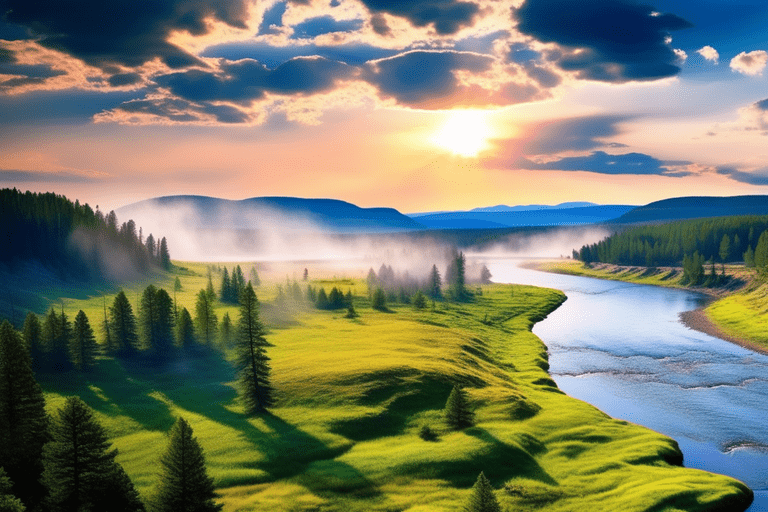
Flowing from Yellowstone National Park, the Snake River meanders for over 1,000 miles through six states. It serves as a life source for diverse ecosystems and communities, originating in the pristine wilderness of this renowned national park.
Grand Canyon Formation
Carving Hells Canyon, the Snake River boasts North America’s deepest river gorge. Its impressive depth rivals even the renowned Grand Canyon, creating a breathtaking natural wonder.
Breathtaking Landscapes
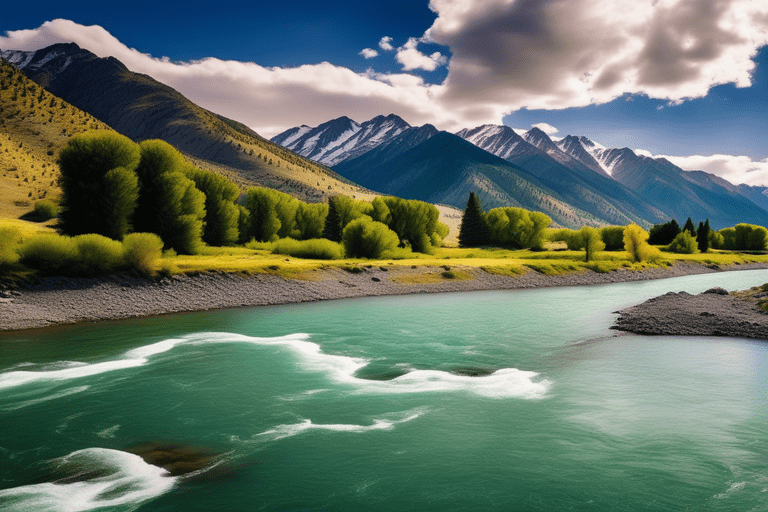
Enveloped by stunning scenery, the Snake River navigates through rugged mountains and fertile valleys. Along its course, it offers mesmerizing vistas of diverse landscapes, captivating the imagination of all who encounter its beauty.
Salmon Migration
Renowned for hosting an extensive salmon migration, the river witnesses thousands of these resilient fish journeying upstream each year to spawn. This natural spectacle adds to the river’s allure as a vital ecosystem.
Hydroelectric Power

Powering numerous hydroelectric dams, the Snake River contributes significantly to regional energy production. This harnessing of its force underscores its practical importance beyond its natural beauty.
Biodiversity Hotspot
The river’s corridor sustains a rich diversity of wildlife. From majestic bald eagles soaring overhead to playful otters in its waters, it provides a habitat for various species, making it an ecological treasure trove.
Historic Trade Route
Native American tribes and explorers like Lewis and Clark historically navigated the Snake River, utilizing its waters as a crucial trade and exploration route. This historical significance enriches its narrative as a pivotal part of American history.
Rafting Adventures
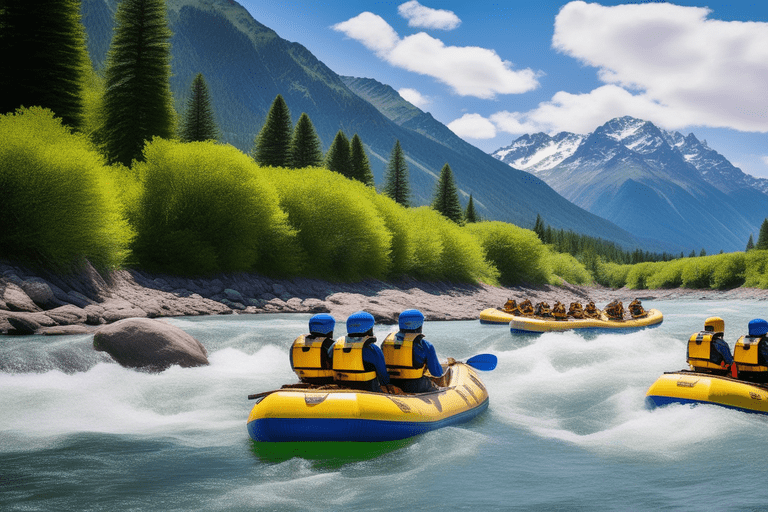
Adventurers flock to the river for thrilling whitewater rafting experiences, taking on its exhilarating rapids. This aspect contributes to the river’s reputation as an adrenaline-inducing destination for outdoor enthusiasts.
Snake River Birds of Prey
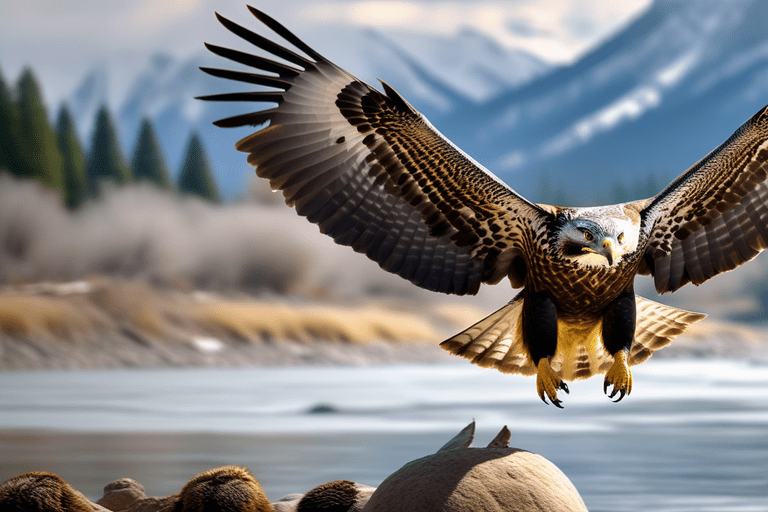
Home to the Snake River Birds of Prey National Conservation Area, this region boasts the largest concentration of nesting raptors in North America. The area’s preservation efforts highlight its ecological significance.
Irrigation Hub
Extensive irrigation along the Snake River facilitates agricultural activities in arid regions, particularly the fertile Snake River Plain in Idaho. This agricultural support system is a testament to the river’s practical importance.
Cultural Significance
The Snake River holds cultural significance for Native American tribes. It is deeply woven into their traditions, serving as a symbol in their folklore and histories, preserving ancient stories that add to the river’s mystique.
River Restoration Efforts
Ongoing endeavors focus on restoring and safeguarding the Snake River’s natural habitats and water quality. Conservation initiatives aim to preserve its ecological balance and protect endangered species thriving in its ecosystem.
Geological Diversity
Passing through diverse geological regions from the Rocky Mountains to the Columbia Plateau, the Snake River showcases an array of unique geological features. Volcanic landscapes and distinct rock formations punctuate its course, highlighting its geological richness.
Geological Hotspot
The river encompasses remarkable volcanic features, including Hell’s Half Acre, a sprawling lava flow near Idaho Falls. These geological marvels add to the river’s allure, attracting geology enthusiasts fascinated by its diverse formations.
Economic Impact
Beyond its natural beauty, the Snake River significantly impacts the regional economy. It acts as a cornerstone supporting agriculture, tourism, and recreational industries, making it an economic powerhouse in the region’s development.
FAQ’s
A: The Snake River stretches over 1,000 miles through six U.S. states.
A: Hells Canyon, carved by the Snake River, is deeper than the Grand Canyon.
A: The river hosts diverse wildlife, including bald eagles, otters, and various fish species.
A: It served as a crucial trade route for Native American tribes and was traversed by pioneers on the Oregon Trail.
A: Thrilling whitewater rafting adventures and fishing are among the popular activities enjoyed along the Snake River.